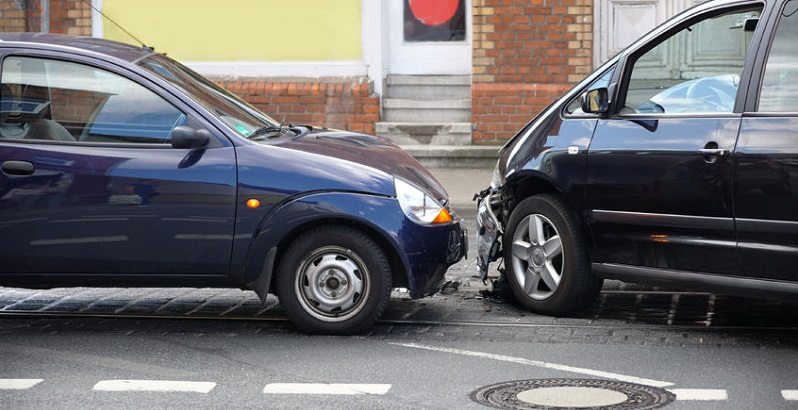Widespread use of self-driving technology could help prevent up to 90 percent of auto accident fatalities. But early testing shows that automatic braking to avoid crashing into something is still a problem that needs to be solved.
A national insurance institute recently reported a study it conducted examining what happens when stationary obstacles get in the way of autonomous vehicles (AV), also known as self-driving vehicles. Researchers are finding that four of the more popular AV models continue to have issues with a key safety component, putting passengers and even pedestrians in dangerous situations under certain circumstances.
AVs Need Proper Braking to Avoid Obstacles
The early August report comes from the Insurance Institute for Highway Safety (IIHS), and the most recent autonomous evaluation focused on four major AV automakers: BMW, Mercedes-Benz, Volvo, and Tesla. The research focused on what is known as adaptive cruise control (ACC) and automatic braking.
Researchers were testing how the automatic braking systems respond when ACC is engaged, and when it is not engaged. They found that in certain situations the autonomous vehicle was hitting a stationary obstacle.
Researchers put the test vehicle behind another vehicle that would switch lanes at the last minute, exposing a stationary target or object in the road. The autonomous vehicle should have recognized the object and automatically applied pressure to the brakes to bring the car to a stop, but researchers noted that some of the vehicles failed to recognize the object. While other AVs did recognize the object, research showed the braking was very sudden and forceful. In another instance, the AV lost sight of a stalled vehicle, and the human driver in the test vehicle had to override the autonomous system to apply the brakes to avoid a collision.
Despite this research and other issues that have surfaced as more autonomous vehicles are tested, safety officials still believe self-driving vehicles will eventually decrease, and by a large amount, the number of deaths due to auto accidents. Some researchers say up to 90 percent of auto accidents will be avoided when self-driving technology is more widely used, which means in the United States, autonomous vehicles could eventually save nearly 30,000 people yearly.
Colorado Is a Leader in Testing Self-Driving Cars
Last year, Colorado’s governor signed into law Senate Bill 213, which allows companies to develop and test self-driving cars in the state. While Colorado is one of the states leading the way on this advanced technology, not everyone is on board with the idea of having self-driving cars on the road. As a matter of fact, the American Automobile Association (AAA) released a May 2018 tracking study and surprisingly, 73 percent of those questioned said they don’t trust a fully functioning self-driving vehicle. Compared with May 2017, trust in autonomous vehicles decreased by 10 percentage points. What may be more shocking to those developing autonomous technology is that AAA noted that 63 percent of those questioned stated they feel less safe if they are walking or biking on a road shared with self-driving cars.
When it comes to who is responding, readers may also be surprised to learn that millennials, ages 22 to 37, were the age group most afraid of autonomous technology. AAA notes that in its 2017 survey, 64 percent of millennials questioned said they were not comfortable with self-driving cars, which was up from 49 percent the year before. There have been some high-profile accidents involving autonomous cars, and though not mentioned, you can bet news reports of those accidents have soured some on the use of self-driving cars.
Regardless of how you feel about autonomous vehicles, more and more states are allowing testing of this technology.

